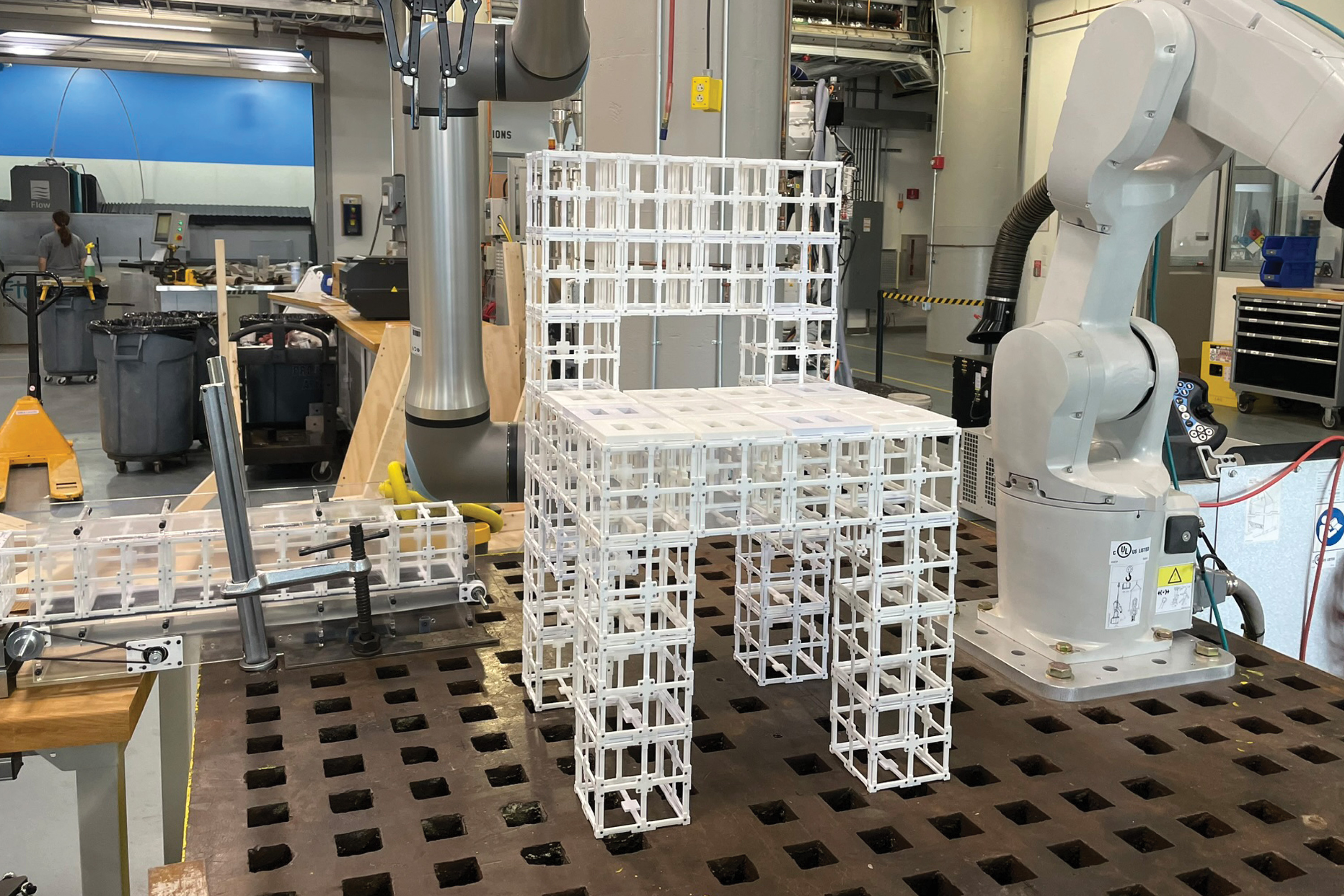Introduction to the Center for the Exascale Simulation of Coupled High-Enthalpy Fluid–Solid Interactions
The U.S. Department of Energy’s National Nuclear Security Administration (DoE/NNSA) has recently announced the selection of MIT to establish a new research center dedicated to advancing the predictive simulation of extreme environments. This includes environments encountered in hypersonic flight and atmospheric re-entry. The center, known as the Center for the Exascale Simulation of Coupled High-Enthalpy Fluid–Solid Interactions (CHEFSI), will be part of the fourth phase of NNSA’s Predictive Science Academic Alliance Program (PSAAP-IV).
Purpose and Goals of CHEFSI
CHEFSI is a joint effort of the MIT Center for Computational Science and Engineering, the MIT Schwarzman College of Computing, and the MIT Institute for Soldier Nanotechnologies (ISN). The center plans to use cutting-edge exascale supercomputers and next-generation algorithms to simulate how extremely hot, fast-moving gaseous and solid materials interact. This understanding is central to national security, space exploration, and the development of advanced thermal protection systems.
Key Areas of Research
The research aims to couple detailed simulations of high-enthalpy gas flows with models of the chemical, thermal, and mechanical behavior of solid materials. This includes capturing phenomena such as oxidation, nitridation, ablation, and fracture. Advanced computational models, validated by carefully designed experiments, can address the limitations of flight testing by providing critical insights into material performance and failure.
Leadership and Collaboration
CHEFSI will be led by Raúl Radovitzky, the Jerome C. Hunsaker Professor of Aeronautics and Astronautics, associate director of the ISN, and director of CHEFSI. The center’s leadership team also includes Youssef Marzouk and Nicolas Hadjiconstantinou as associate directors. The center expects to collaborate extensively with the DoE/NNSA national laboratories, offering graduate students and postdocs immersive research experiences and internships at these facilities.
Benefits and Impact
“CHEFSI will capitalize on MIT’s deep strengths in predictive modeling, high-performance computing, and STEM education to help ensure the United States remains at the forefront of scientific and technological innovation,” says Ian A. Waitz, MIT’s vice president for research. The center’s research has the potential to help in the design of resilient systems for applications ranging from reusable spacecraft to hypersonic vehicles.
Conclusion
In conclusion, the establishment of CHEFSI marks a significant step forward in the advancement of predictive simulation of extreme environments. With its cutting-edge technology and collaborative approach, the center is poised to make significant contributions to national security, space exploration, and the development of advanced technologies.
FAQs
- Q: What is the main goal of CHEFSI?
A: The main goal of CHEFSI is to advance the predictive simulation of extreme environments, such as those encountered in hypersonic flight and atmospheric re-entry. - Q: What technologies will CHEFSI use?
A: CHEFSI will use cutting-edge exascale supercomputers and next-generation algorithms. - Q: Who will lead CHEFSI?
A: CHEFSI will be led by Raúl Radovitzky, with Youssef Marzouk and Nicolas Hadjiconstantinou as associate directors. - Q: What are the potential applications of CHEFSI’s research?
A: The potential applications include national security, space exploration, and the development of advanced thermal protection systems for reusable spacecraft and hypersonic vehicles.











